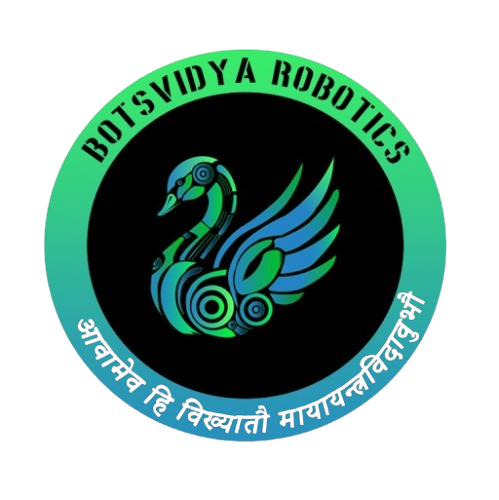Introduction: The Need for Robotics and AI in Education Robotics and Artificial Intelligence (AI) are no longer futuristic concepts; they are an integral part of our daily lives. From smart home devices to advanced medical technologies, AI is revolutionizing the world. Schools play a critical role in preparing students for the future, and incorporating robotics and AI into the curriculum is a step toward achieving this goal. These fields encourage creativity, logical thinking, and problem-solving, which are essential skills for the 21st century. What is AI and Why is it Important? AI involves creating machines capable of mimicking human intelligence, such as decision-making, learning, and problem-solving. Teaching students about AI helps them understand the technology that powers everything from virtual assistants to self-driving cars. Learning about AI fosters a deeper appreciation of technology and its potential to solve real-world problems. It also equips students with the tools to innovate and thrive in an increasingly automated world. The Role of Robotics in Education Robotics combines engineering, coding, and design, offering students hands-on learning experiences. Working with robots helps students apply theoretical concepts in practical ways, bridging the gap between classroom learning and real-world applications. Robotics also nurtures collaboration and teamwork, as students often work in groups to design, build, and program robots. Why a Structured Curriculum is Key A well-designed curriculum is essential for effectively teaching AI and robotics. It provides a clear roadmap for students, guiding them from foundational concepts to advanced topics. A structured approach ensures that students can build on their knowledge step by step, making complex topics more manageable. For example: The Role of Teachers in AI and Robotics Education Teachers are the backbone of any educational program. To teach AI and robotics effectively, educators need proper training and resources. This includes: When teachers are confident in their knowledge, they can better engage students and make learning enjoyable. Keeping the Curriculum Updated Technology evolves rapidly, and so should the curriculum. Regular updates ensure that students are exposed to the latest tools, technologies, and trends. Adding new challenges and projects each year keeps the learning experience fresh and exciting. For instance, introducing concepts like machine learning, natural language processing, or drone technology can keep students engaged and motivated. Benefits for Students Integrating AI and robotics into the curriculum has numerous advantages: These benefits prepare students not just for careers in technology but for any field where innovation and adaptability are valued. Conclusion: Preparing for the Future The integration of robotics and AI into school curricula is not just a trend; it is a necessity. By teaching these subjects, schools empower students to be innovators and problem-solvers. A structured, dynamic curriculum supported by trained educators can make learning both effective and enjoyable. This approach ensures that students are not just passive consumers of technology but active contributors to its development.






